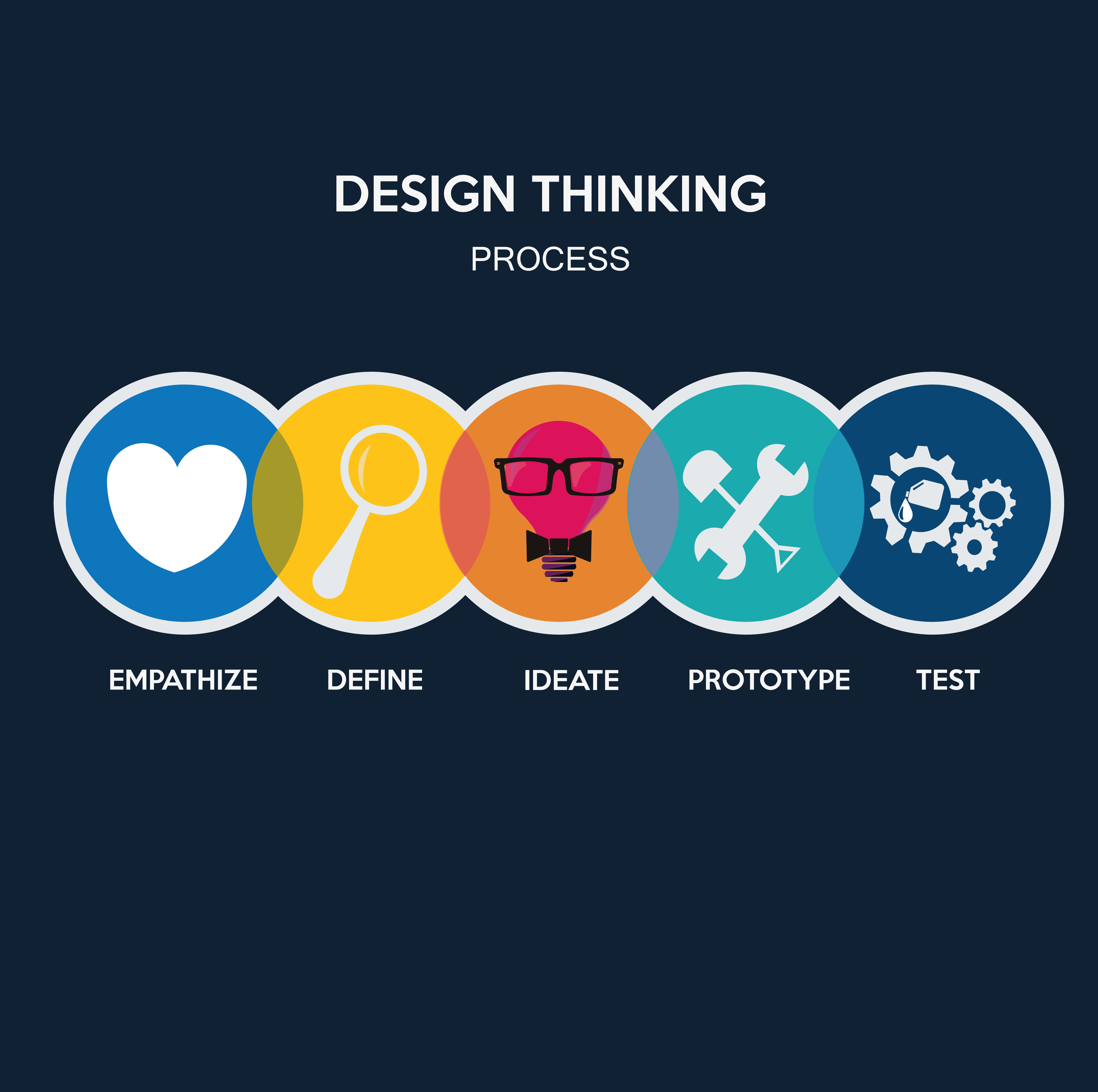 Digital transformation: What is it? What can it mean to your organization? What does it take to be successful in a digital transformation initiative?
Digital transformation: What is it? What can it mean to your organization? What does it take to be successful in a digital transformation initiative?
One of the keys to success in a digital transformation project is also the one that’s probably also the most overlooked: design.
Design is important to any software-related project. Too many projects have failed for lack of proper design considerations. But it’s especially important in digital transformation projects, which may involve software, hardware integration, and a renovation to business processes.
In digital transformation, it’s too easy to focus too much on digital technology and not enough on business processes or the people who have to execute those processes.
Good design can mean a smooth transition to a brave new digital world; bad design can result in systems that are unreliable, unusable, unsuited for the business process or environment, or more.
Design and Digital Transformation
Design thinking is an approach to product and system design that emphasizes understanding the problem, process, and people before seeking possible solutions. It depends on working closely with end users to develop and evaluate prototypes before settling on a final design.
This is a departure from the traditional approach to design; designers previously interacted with end users only at the very beginning and/or very end of the project (or not at all).
By requiring designers to interact with users early and often, design thinking results in product and system designs that are more likely to meet the users’ needs. If those needs change over the course of the project (which they often do), corrections can be identified and implemented with less impact to the overall timeline and budget.
How can design thinking improve the design phase of a digital transformation initiative? Design thinking has five phases:
- Empathize: Of all design thinking phases in a digital transformation project, this is probably the most important, most time-consuming, and hardest to nail down.
Why? Because not only do you need to understand the current, non-digital process and its pain points and shortcomings; you need to determine how that process will function when it is digitized. You may need to make significant changes in the process to eliminate redundancy and other sources of process waste. You might get push-back from stakeholders who fear change or are simply happy with the status quo.
It’s this human aspect that must be addressed so everyone can understand the goals, motivations, and the need to move in the same direction. - Define: Design is easier once Empathize is in place. When the process is understood, problems become clearer. The key is to establish the scope of the solution, with a well-defined, limited set of problems to be solved.
All stakeholders should be wary of trying to “boil the ocean.” That’s a recipe for a never-ending disaster of a project. Start small in the first go-round. Then expand the scope in later iterations, when people are more comfortable with the new tools and processes. - Ideate: With a clear understanding of the problem(s) to be solved, it’s time to brainstorm ideas for solutions. Ideate. For digital transformation in particular, it’s important to involve all stakeholders, especially the endusers that will manage the system daily.
They may lack technical expertise in digital technologies or usability principles, but they know what they require and what will make their lives easier. Involving them in the ideation process also gives them a sense of ownership in the system; an important factor in adoption once the system is rolled out. - Prototype: Many tools for prototyping are available, from sticky notes and whiteboards to static wireframes, semi-functional mobile app simulators, and 3D-printed hardware models. Choose the prototyping approach carefully, factoring in cost, time, and how realistic the prototype needs to be. Prototypes that can be modified and re-deployed rapidly fit in best with the design thinking approach, but depending on the project, this may not always be practical.
- Test: In this phase, prototypes are evaluated, refined, and re-evaluated through several iterations until the stakeholders reach consensus on the final design. As with the other design thinking phases, end user engagement is key. These are the people that will be using the system. Their feedback at this stage of the project is invaluable, and can reveal considerations and use cases that were once overlooked or never considered in the previous phases.
This is a good thing; better to get these “hidden” requirements in the open now than after go-live.
What It Buys You
Digital transformation projects can be extraordinarily complex. There is software involved, which has complexities itself; there may also be custom hardware, internet of things (IoT) devices, communication protocols, cloud services, edge computing resources, big data analytics, and more. They come together to modernize, streamline, and accelerate one or more critical business processes.
There could be external influences involved too; legal or regulatory requirements, quality certifications, industry standards, and security requirements which need to be baked into any digital transformation design. The business is counting on this digital transformation to better serve customers, reduce costs, and increase revenue.
No pressure, right?
Well, yeah, actually there is. Digital transformation is high-risk and high-visibility. Everyone—including stakeholders, management, customers, competitors, shareholders, the media—is watching to see if you can pull it off without losing focus on day-to-day business operations. They are also eager to see whether the actual return on the investment lives up to the hype. It’s up to you to deliver.
The bottom line is: Digital transformation has to be done right the first time. You might not get a second chance. Anything you can do to tilt the scales in your favor is worth pursuing.
Digital thinking during the design phase is the key. Without it, the design may have flaws, extraneous features, and unmet needs. Time and money that could be spent enhancing the first version could be wasted re-doing the first version from scratch. And even the most efficient, elegant, bug-free implementation won’t save the system from a poor design.
At AndPlus, we know a thing or two about digital transformations and we’ve built digital thinking into our way of life. We call it the Product Map Sprint, and we incorporate it into every project we do. We may never have the same level of domain knowledge as your stakeholders, but we make a point of understanding your business and your industry enough to ask the right questions and understand the answers.
That’s the starting point for a good design, which in turn is the starting point for any successful project.

















